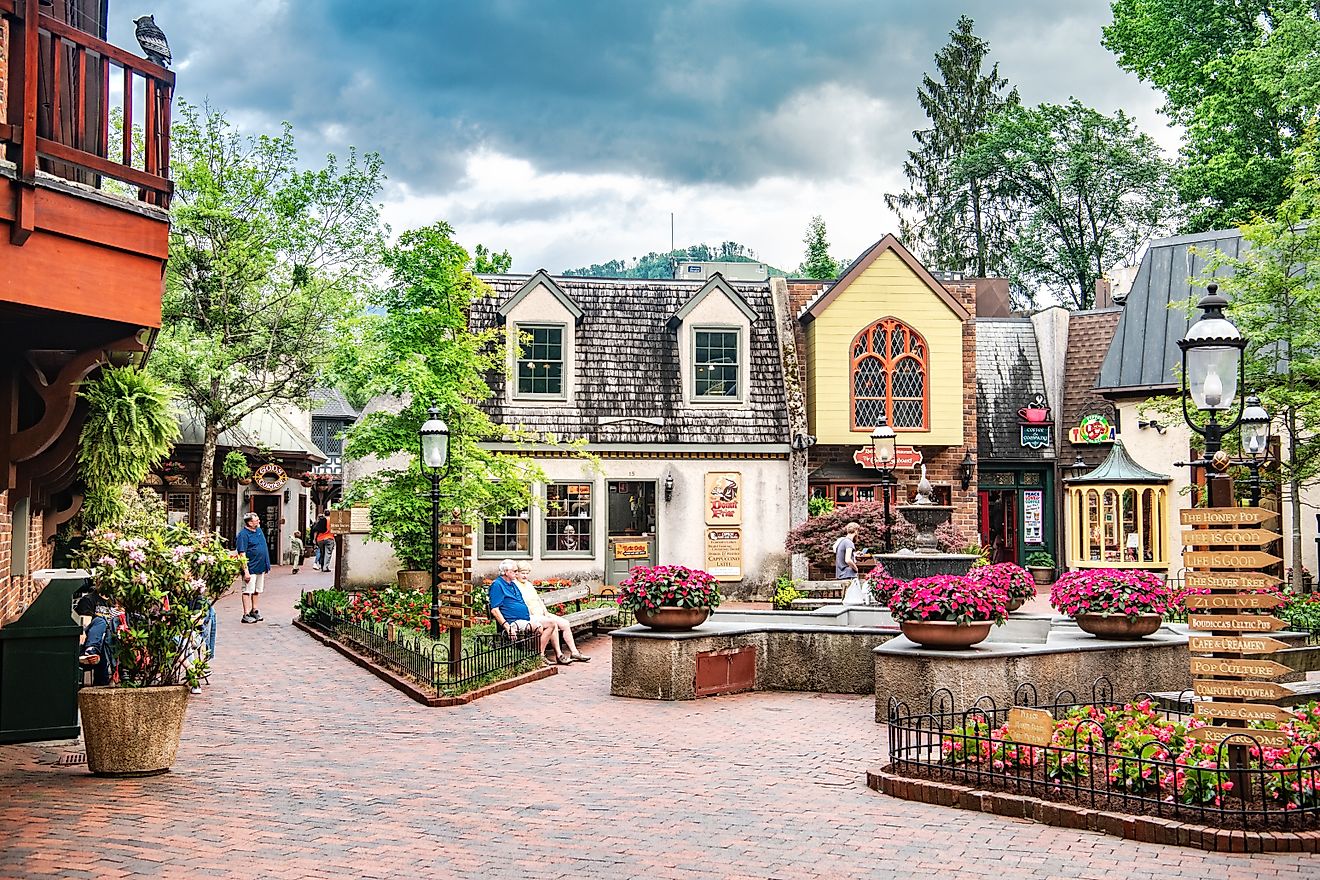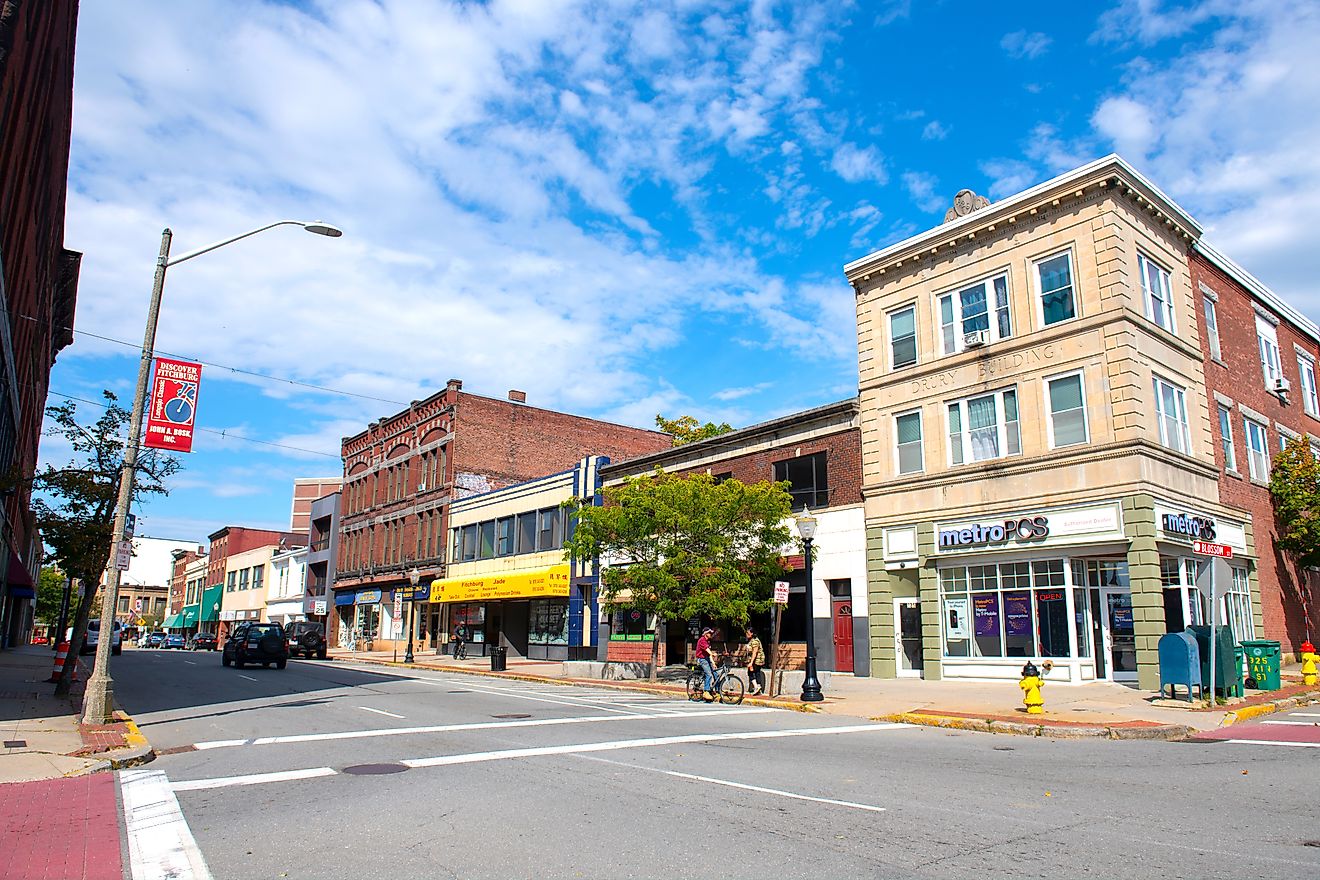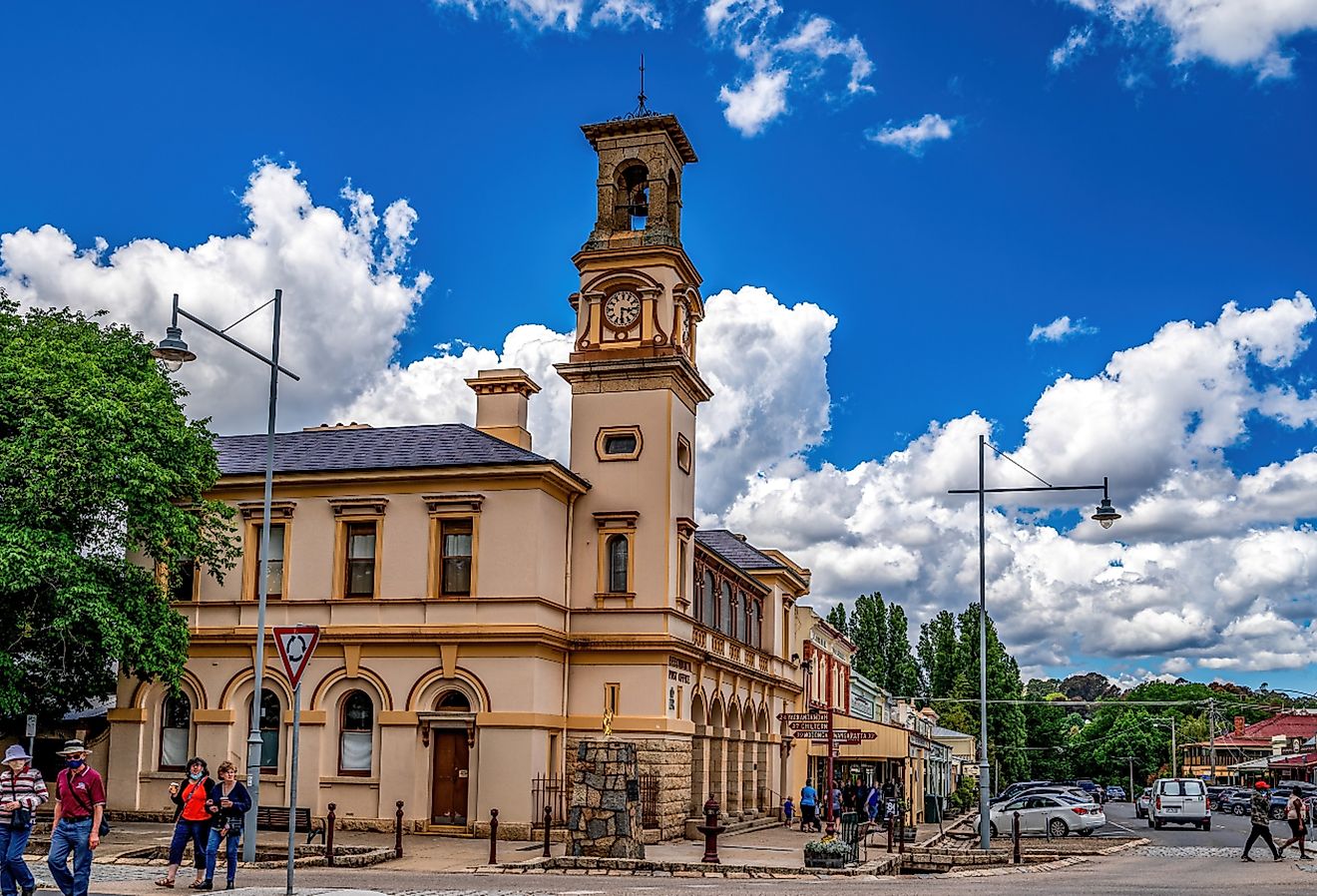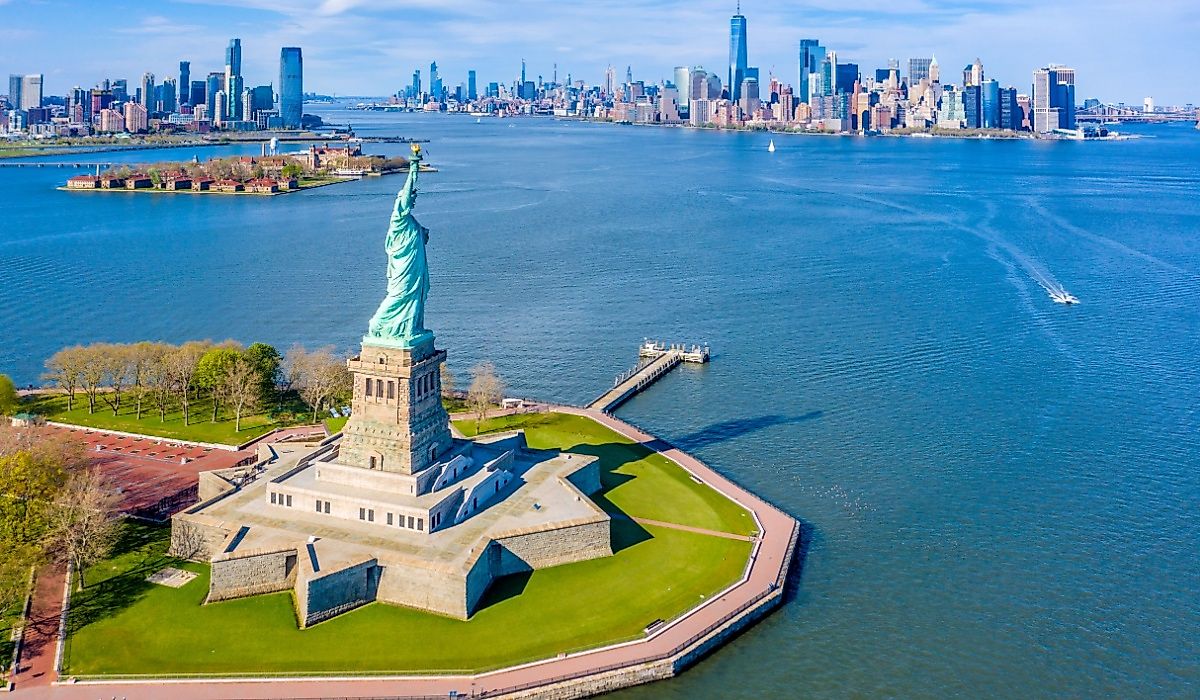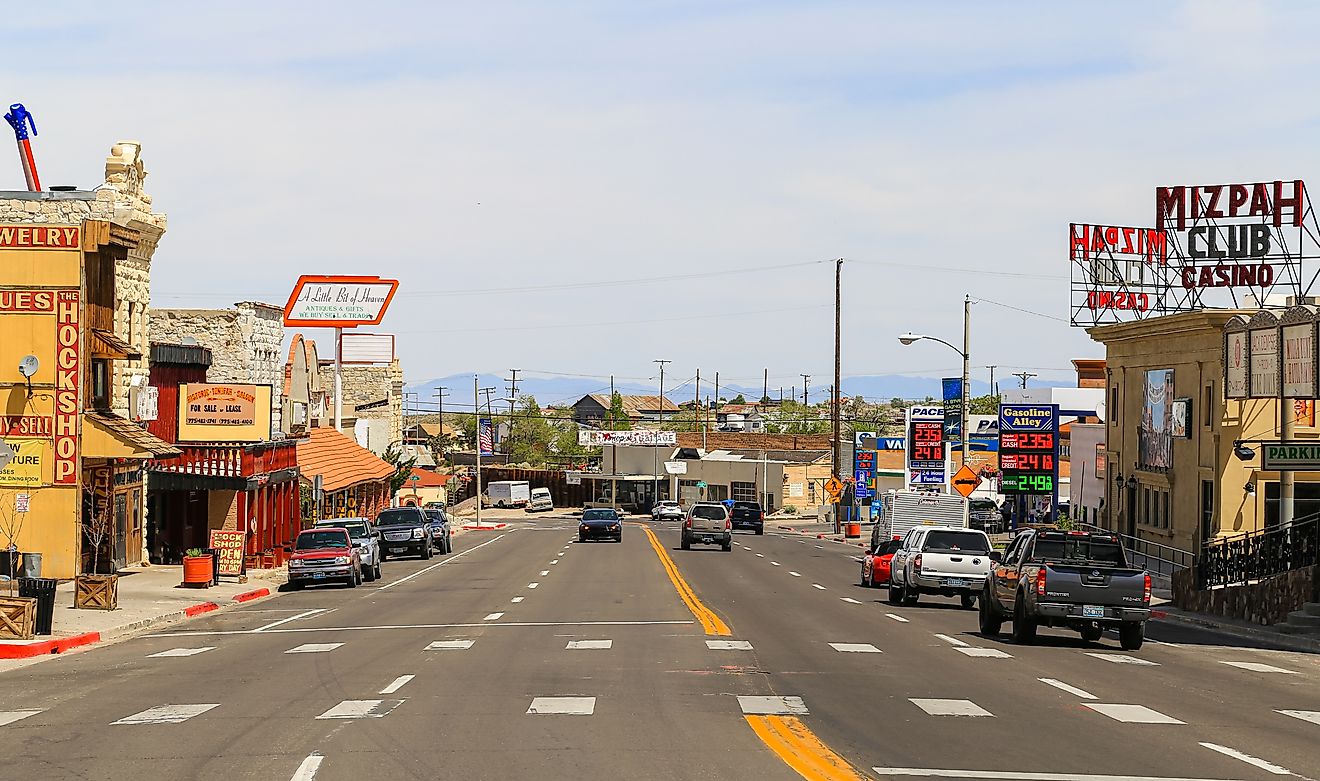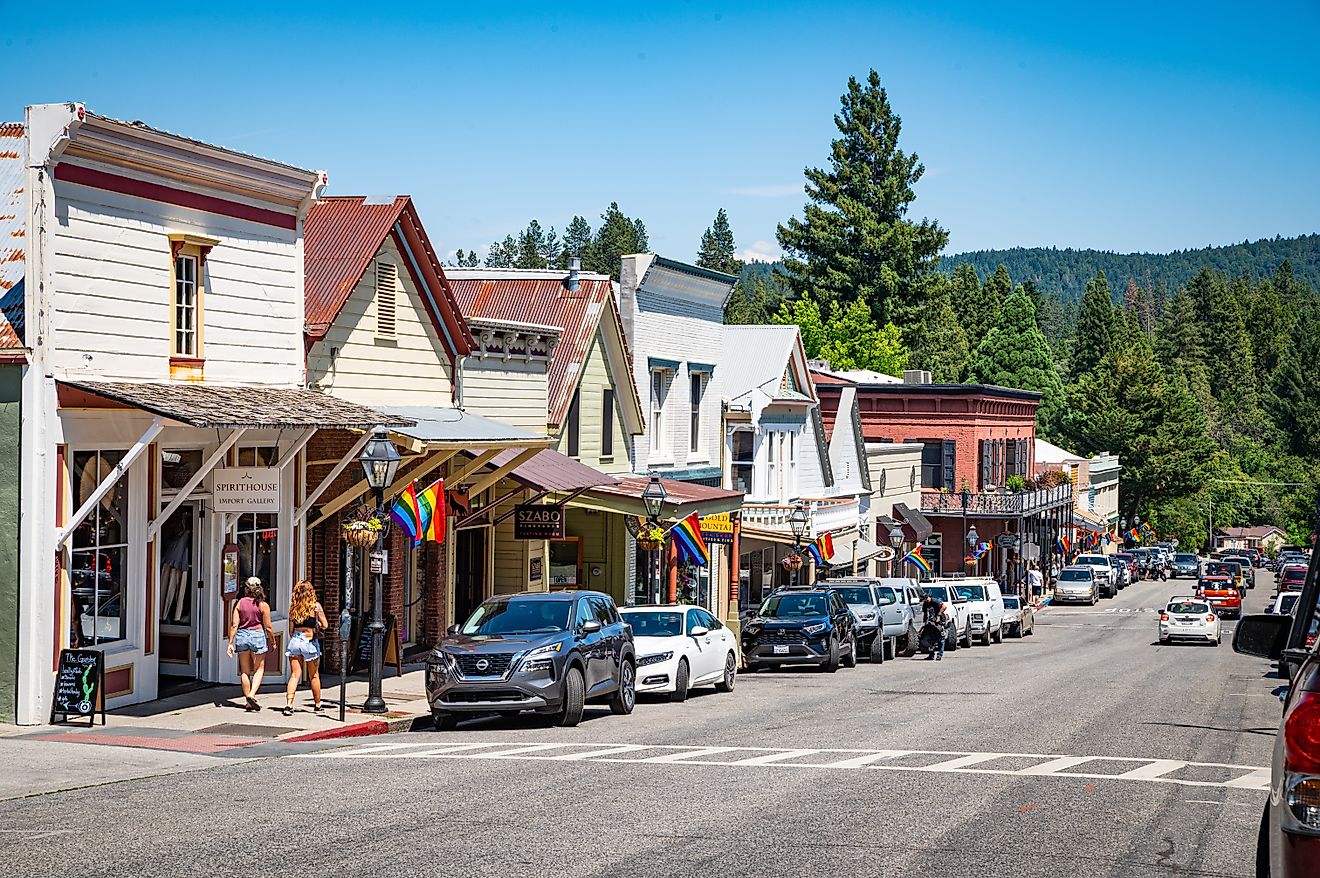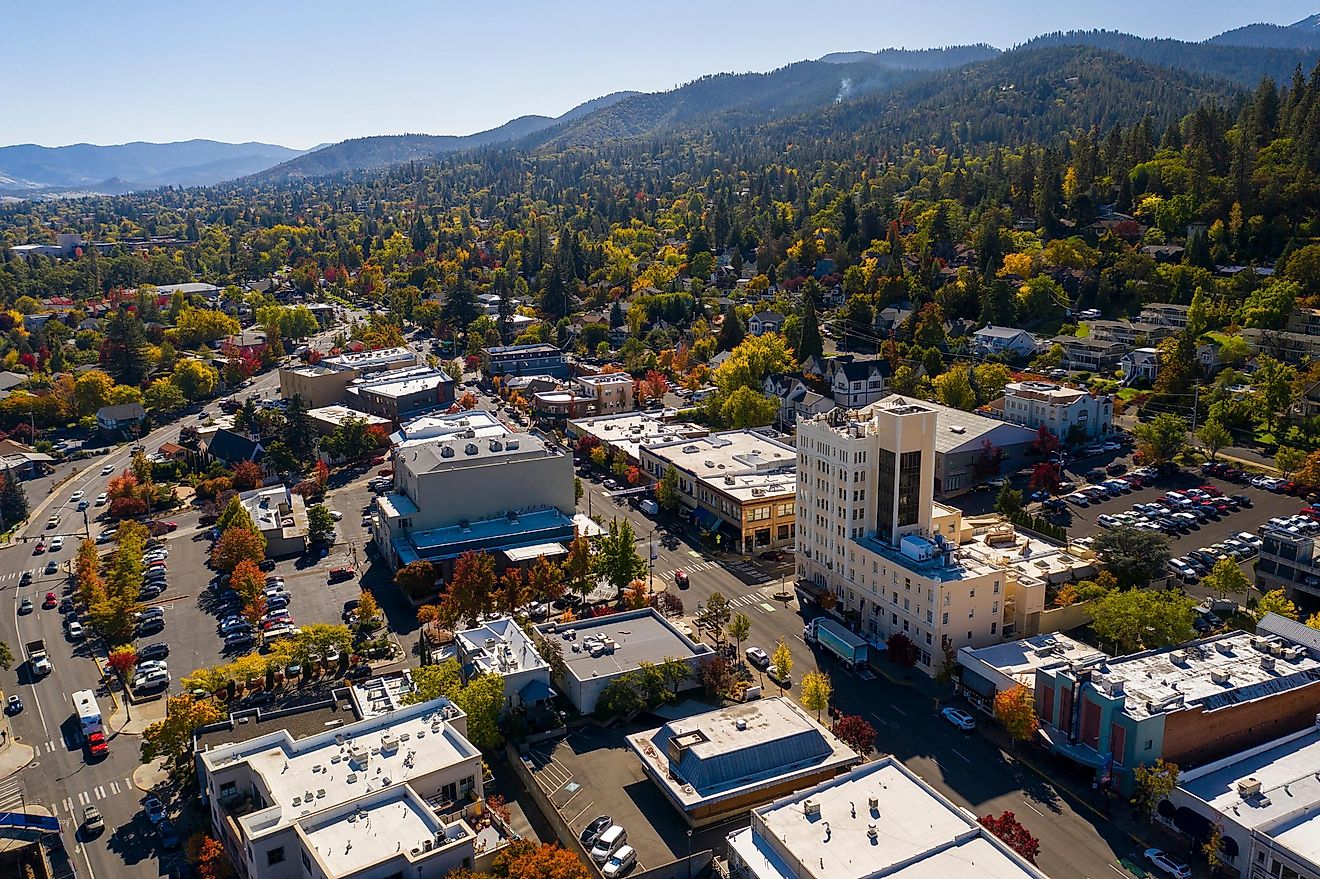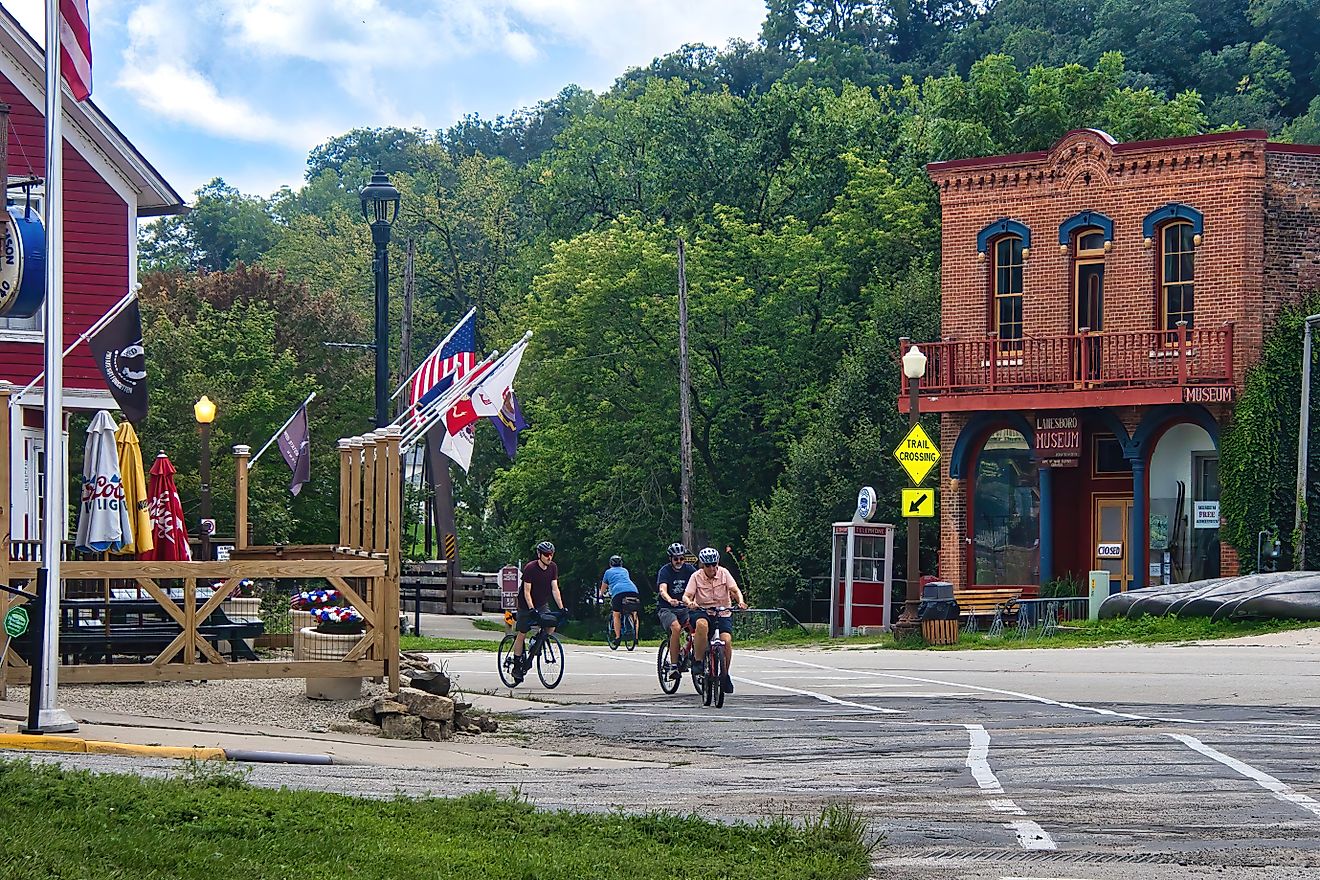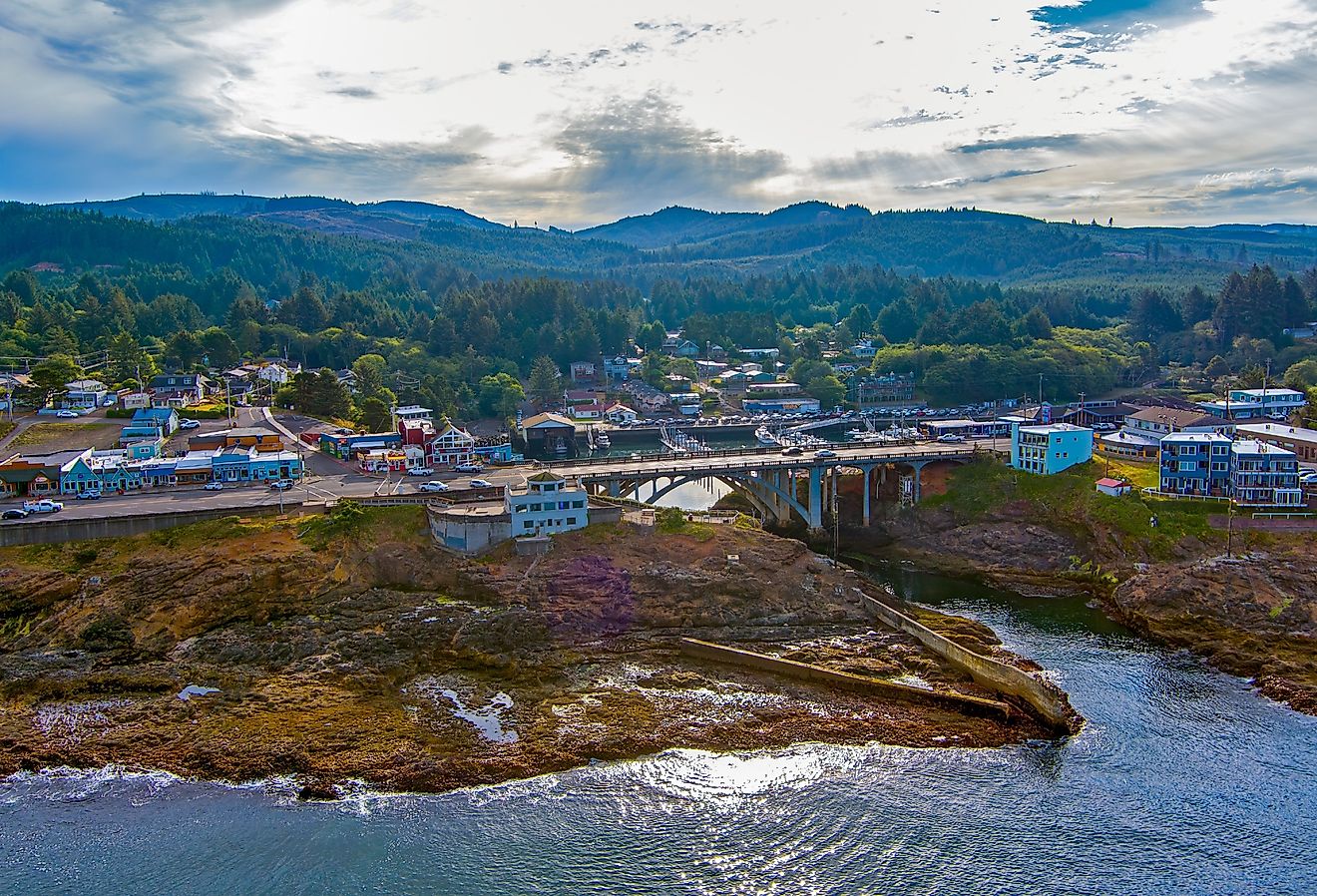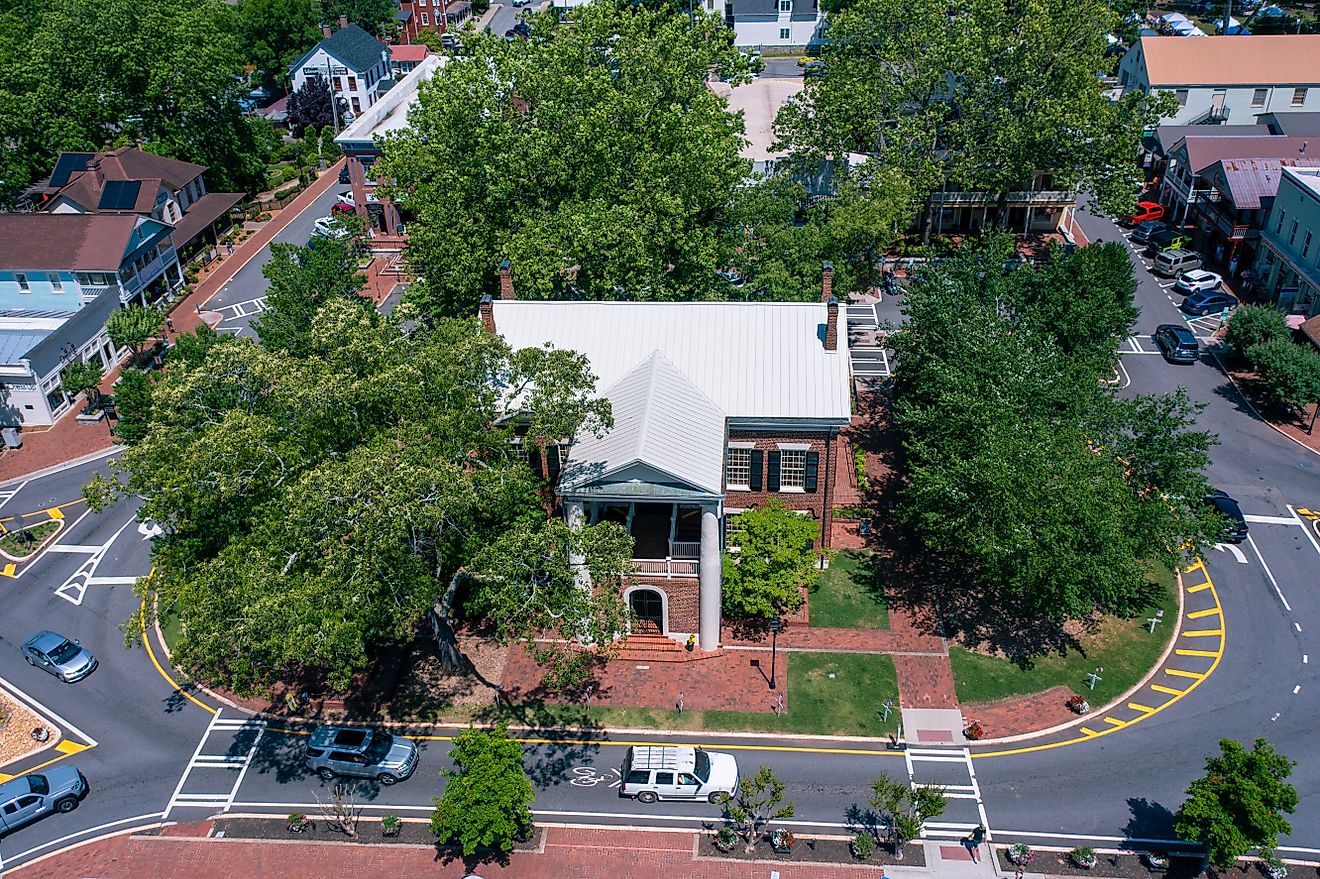
12 Quirkiest Chesapeake Bay Towns You Didn't Know Existed
Spanning parts of Maryland and Virginia, the Chesapeake Bay is the largest estuary in the U.S., feeding more than 150 rivers and hosting over 11,000 miles of shoreline, more than the entire U.S. West Coast. But beyond the oysters and lighthouses, it is also dotted with tiny places full of surprises, like pirate festivals in Rock Hall, vintage movie houses in Onancock, and the beach-loving golf cart culture in Cape Charles.
This is not your average coastal road trip. Here are 12 quirky Chesapeake Bay towns, each with fewer than 10,000 residents, but packed with fun facts and things to do. From the colonial streets in Chestertown to oyster trails in Urbanna, these spots are full of surprises.
Rock Hall, Maryland
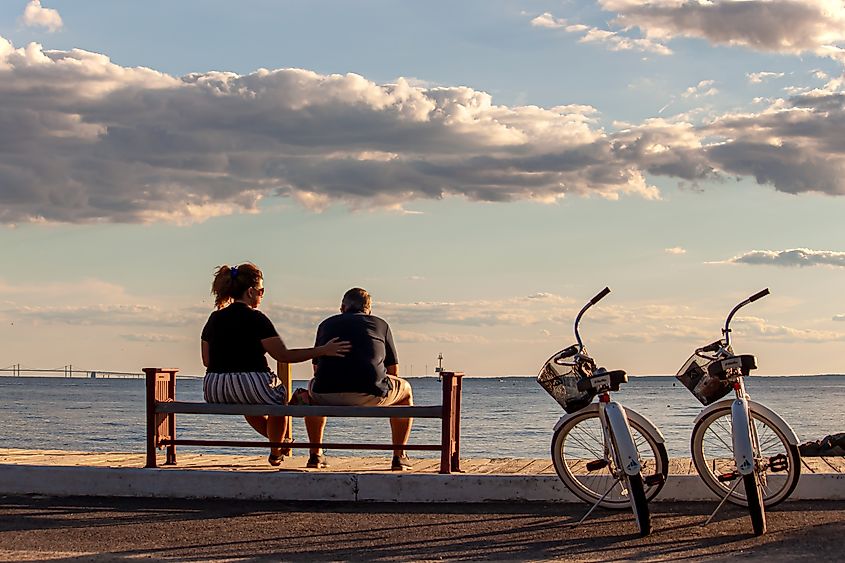
Nicknamed the “Pearl of the Chesapeake,” Rock Hall is a tiny waterfront spot with deep maritime roots dating back to 1707. It still runs a working harbor today, where fishing boats unload fresh catch beside yachts and kayaks. Drop by the Rock Hall Waterman’s Museum to see crab pots, boat models, and stories from generations of local watermen. A few blocks away, the Rock Hall Museum showcases artifacts from colonial estates and sea captains who once called this place home.
Each August, it transforms for Pirates & Wenches Weekend, a full-blown pirate celebration complete with costumed boat parades and dockside rum tastings. For something quieter, head to Eastern Neck National Wildlife Refuge nearby for birdwatching and serene shoreline trails.
Deale, Maryland
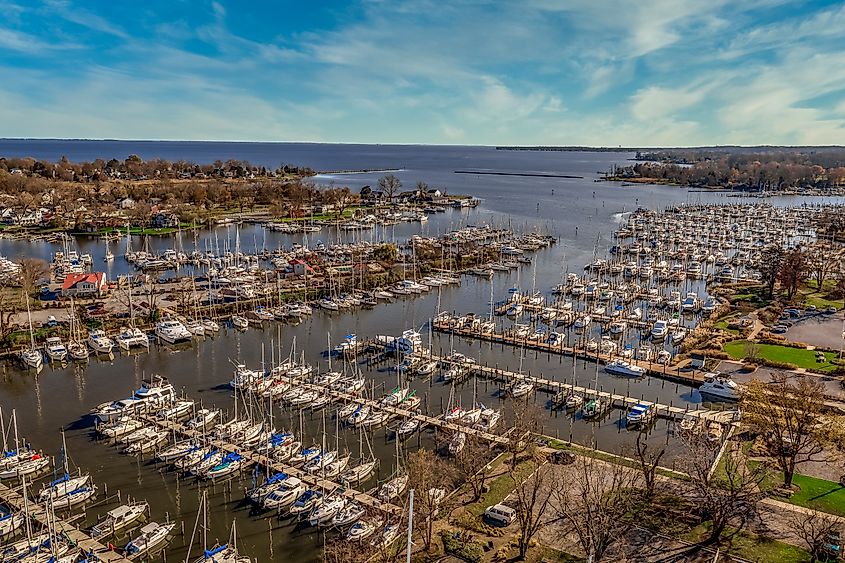
Deale winds around a network of creeks that spill into the Chesapeake, creating a maze of waterfront perfect for anyone who loves being on the water. Herrington Harbour North is the area’s heartbeat, a massive marina where paddleboards, fishing charters, and sailboats come and go all day. Even if you are not boating, just walking the docks or grabbing a snack by the slips feels like a getaway.
Seafood is both a meal and a lifestyle in Deale. Happy Harbor and Skipper’s Pier let you dock, dine, and crack crabs with your hands still smelling like saltwater. For something more hands-on, hop on a fishing charter and reel in rockfish or perch, then take it to shore where many spots will cook it up for you. If you’re more into stories than surf, Sudley, an 18th-century home turned historical site, gives a glimpse into the area's early days. And when the sun starts to dip, nothing beats a quiet paddle down Rockhold Creek, with osprey overhead and nothing but the sound of water under your board.
Chesapeake City, Maryland

Chesapeake City, a canal-side spot, was built alongside the Chesapeake & Delaware Canal, which still sees large ships glide past 19th-century buildings just steps from the waterfront. You can walk or bike across the canal via a seasonal ferry, or take in the view from the soaring bridge above.
The C&D Canal Museum is a must-visit. It is housed in a preserved 1800s pump house with massive steam-powered machinery that once lifted boats through the locks. For a scenic stretch, explore the Ben Cardin Trail, a 15-mile path that runs along the canal with views of herons, wetlands, and tugboats. Locals unwind with canal cruises, wine-tasting sails, or ice cream along the waterfront. Grab a table at Schaefer’s Canal House for seafood and watch the boats pass just yards away. It’s one of the few places where you can eat crab while giant freighters float by.
St. Michaels, Maryland
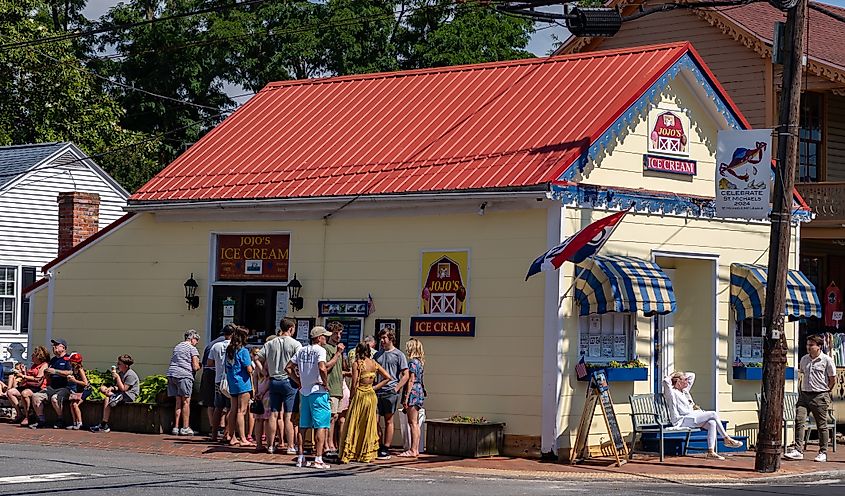
St. Michael's has a reputation for cleverness. During the War of 1812, townspeople famously dimmed their lights and hung lanterns in trees to mislead British gunners, a tactic that saved the church steeple and much of the waterfront. That streak of ingenuity still defines this waterside community, where preserved buildings from the 1700s and 1800s line Talbot Street.
The Chesapeake Bay Maritime Museum spans 18 acres and includes floating exhibits, a working boatyard, and the relocated Hooper Strait Lighthouse. Restaurants like The Crab Claw serve oysters hauled from nearby waters, and local stops like Eastern Shore Brewing keep the energy casual. For a deeper knowledge of the city’s past, visit the Cannonball House, where a British cannonball still sits embedded in the siding, or join a walking tour through the St. Michael's Museum just off the main drag.
Oxford, Maryland
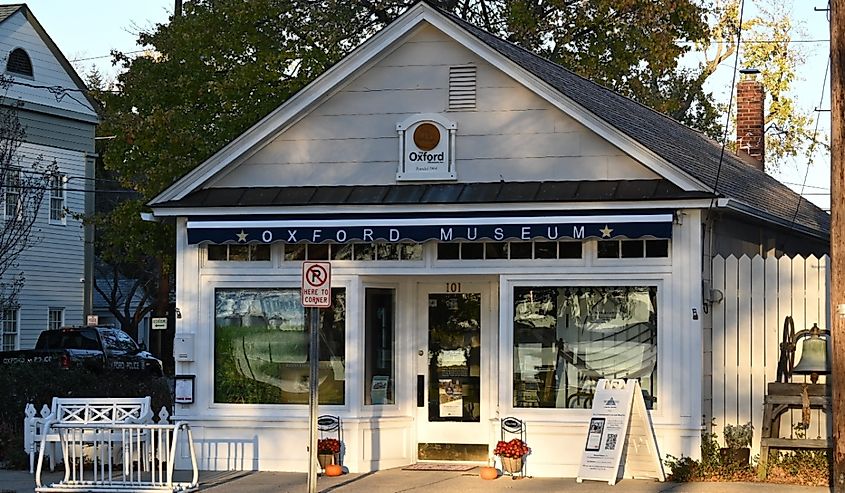
Founded in 1683, Oxford is one of the oldest ports in Maryland, sitting quietly where Town Creek flows into the Tred Avon River. With fewer than 700 residents and more boat slips than parking spaces, it remains a favorite landing spot for sailors and anyone seeking a slower pace on the water.
The Oxford-Bellevue Ferry has been carrying passengers since 1683 and is recognized as the oldest privately operated ferry in the U.S. A walk through the village reveals markers honoring early American figures like Robert Morris Jr. and Tench Tilghman, and the Robert Morris Inn still welcomes guests in a building that has stood for over 300 years. Ice cream lovers flock to Scottish Highland Creamery for small-batch scoops by the water, and boaters often pull up for a crab sandwich at Doc’s at Bachelor’s Point.
Onancock, Virginia
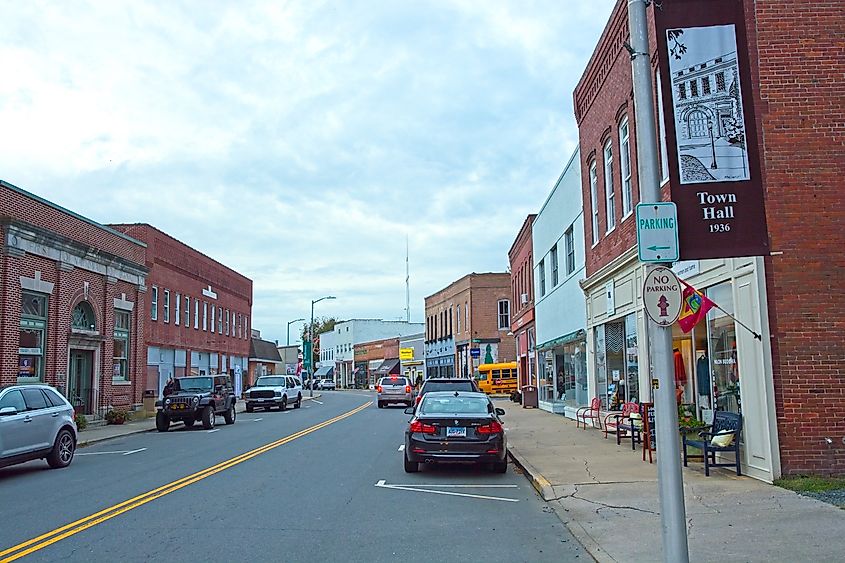
Onancock grew as a steamboat link from the Chesapeake to Baltimore in the 1800s, and its historic center still buzzes with creaky storefronts, art galleries, and waterfront eateries. You will feel the pulse of its Victorian past as you stroll down Market and North streets, admiring preserved facades and exploring North Street Playhouse’s live performances.
Learn some local history at Ker Place, an elegant 1799 Federal-style house now run by the Eastern Shore Historical Society, and at the Hopkins & Brother Store, built in 1842 and now welcoming guests at Mallards at the Wharf, where you can sip a drink while docked on the creek. If you are into offbeat marine biology and bird-watching, a short cruise delivers you to Parker’s Marsh Natural Area Preserve, a 759-acre salt marsh where sharp-tailed sparrows nest in summer.
Cape Charles, Virginia
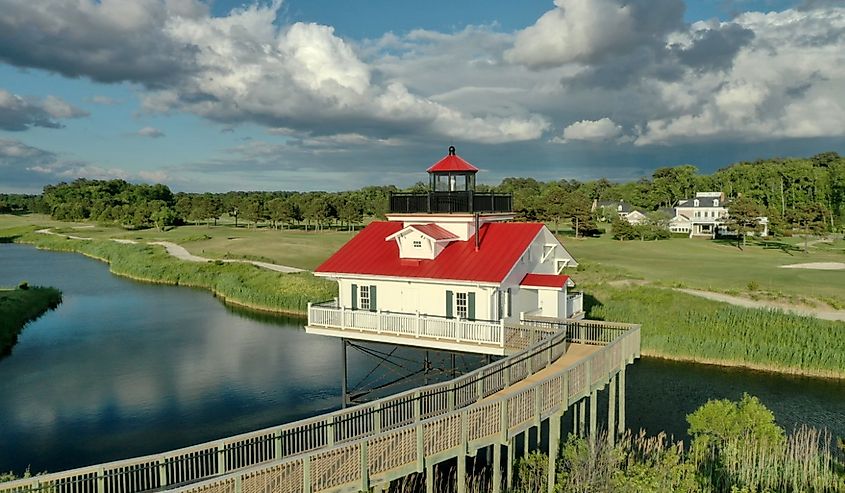
Cape Charles draws you in with golf carts rolling past vintage storefronts, sandy sidewalks, and a downtown that feels frozen in time. Mason Avenue’s historic buildings frame the lively core, where the Palace Theatre still lights up for shows and events.
Bay Avenue leads to the shoreline, where calm waters and a wide public beach make space for paddleboarding, kayaking, and quiet sunset walks. Nearby, Bay Creek’s golf course and the Southern Tip Bike & Hike Trail add more ways to explore without ever leaving the coast. A short drive brings you to the Rosenwald School and Barrier Islands Center, where stories of the region’s land and people come into focus.
Chincoteague, Virginia
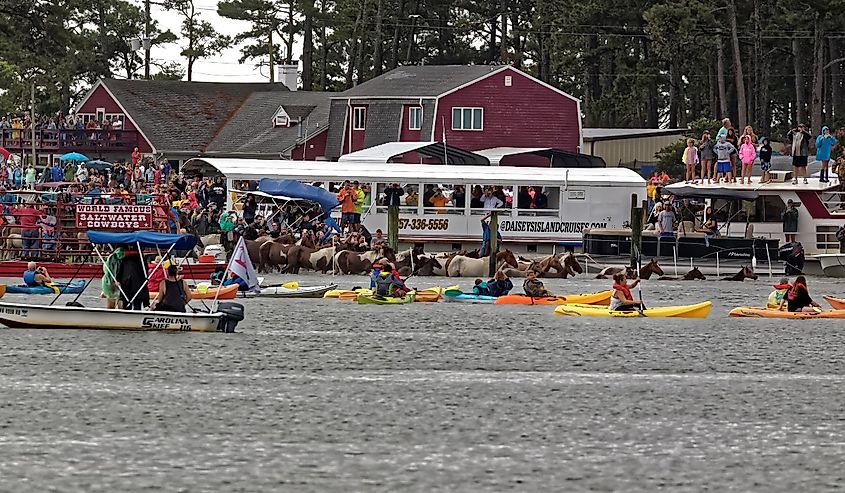
Chincoteague is best known for its wild ponies, rounded up each July during the famous Pony Penning. Local “Saltwater Cowboys” guide the herd from Assateague Island across the channel in front of thousands of spectators, a tradition that’s been drawing crowds for nearly a century.
Beyond the ponies, Chincoteague is a gateway to outdoor adventure. The adjacent wildlife refuge spans over 14,000 acres, with trails for walking, biking, and birdwatching, as well as miles of quiet beaches and kayak-friendly marshes. The Assateague Lighthouse, built in the 1800s, offers a panoramic view for those willing to climb to the top. In town, the Museum of Chincoteague Island shares stories of shipwreck rescues, oyster workboats, and the legendary pony Misty. After a day exploring, grab crab cakes by the water, cool off at Maui Jack’s Waterpark, or play a round of mini-golf.
Chestertown, Maryland
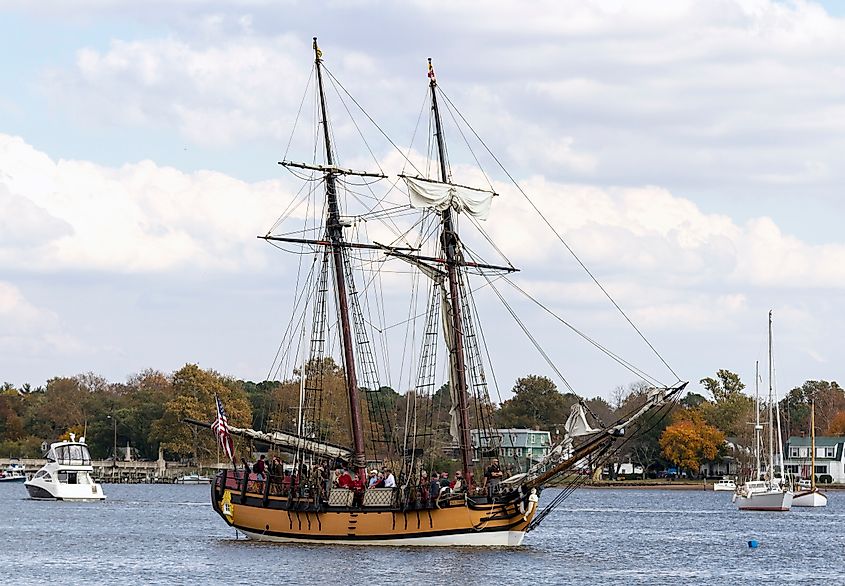
Chestertown made its mark in the 1700s as a Royal Port of Entry, and it still carries that colonial legacy through brick-lined streets and dozens of preserved Georgian-era homes. The Chester River runs along the edge of the city, where schooners like the Sultana sail and kayaks glide past historic docks.
Each Memorial Day, on the last Monday of May, the Chestertown Tea Party Festival reenacts the town’s 1774 protest against British rule, complete with costumed actors and a mock tea toss into the river. Visitors can explore the campus of Washington College, founded with the support of George Washington, or wander through art galleries, historic homes, and antique bookstores downtown. Wilmer Park offers kayak launches and open lawns along the river, while High Street is lined with local cafés, shops, and restaurants.
Centreville, Maryland
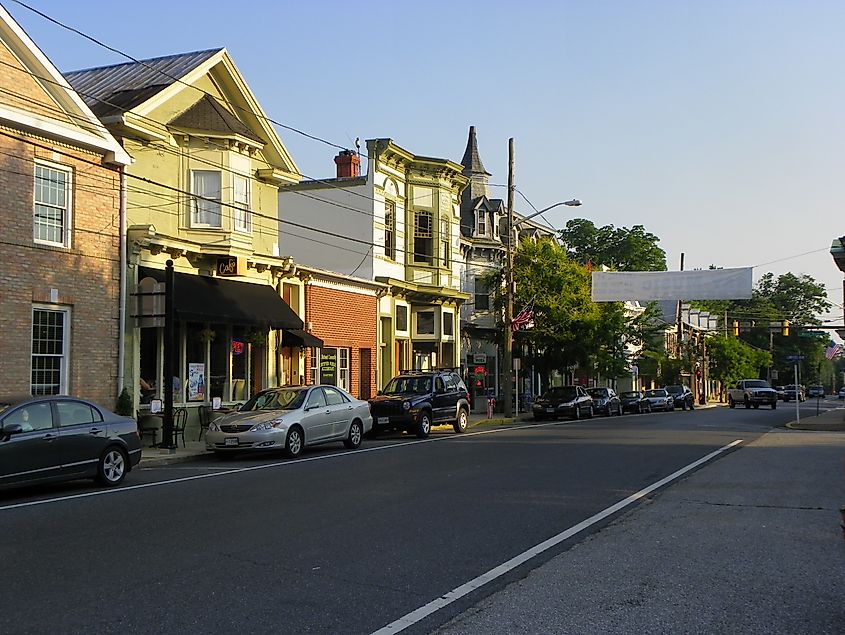
Laid out along the Corsica River in 1794, Centreville holds on to its early American roots with care. The historic courthouse, built just two years later, still operates at the center of town, surrounded by tree-lined streets and architecture that spans from Federal to Victorian styles. At the edge of the village, Centreville Wharf once served as a trade hub; now it’s the starting point for the Corsica River Water Trails. These paddling routes wind past marshes, quiet coves, and traces of old river commerce. Millstream Park nearby offers a low-key place to relax with a walking path, picnic spots, and open green space.
History runs deep along Commerce and Liberty streets. Tucker House, Wright’s Chance, and the Kennard African American Cultural Heritage Center all preserve local heritage. Between weekend markets and annual events like Centreville Day, held on the third Saturday of October, it brings together old traditions and small-town energy in just the right mix.
Urbanna, Virginia
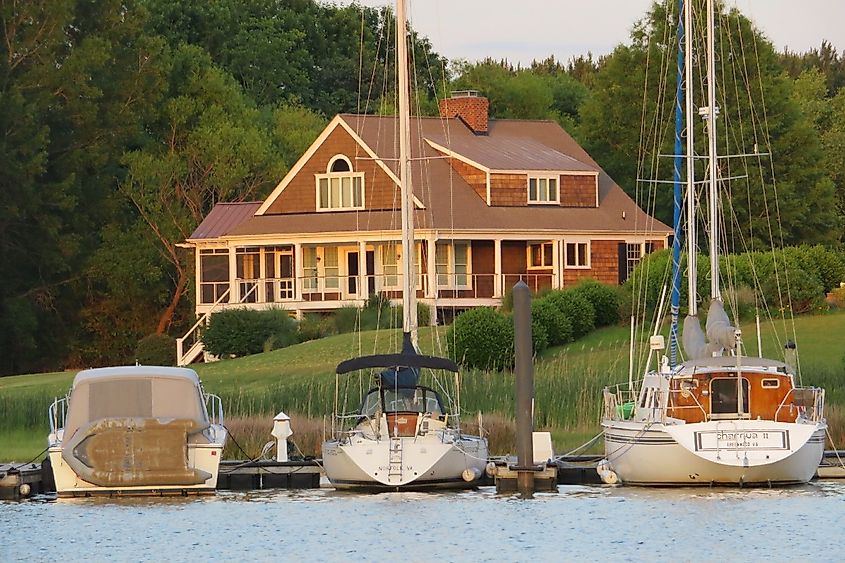
Chartered in 1680 as a colonial port on the Rappahannock River, Urbanna still follows its original street layout, and several early structures remain standing. It was once a hub for tobacco exports, and today, it leans into its history with care and pride.
Each November, Urbanna hosts the official Virginia Oyster Festival, a two-day event with shucking contests, parades, live music, wine tastings, and more oysters than you can count. The festival brings thousands into town, but outside of that weekend, life here is usually pleasant. The Scottish Factor Store, now home to the Urbanna Museum, displays the famed John Mitchell Map and artifacts from the area’s trading days. Paddlers can launch from the town marina to explore the shoreline, while downtown restaurants like Portside Grill on Urbanna Creek serve crab cakes and river views in equal measure.
Mathews, Virginia
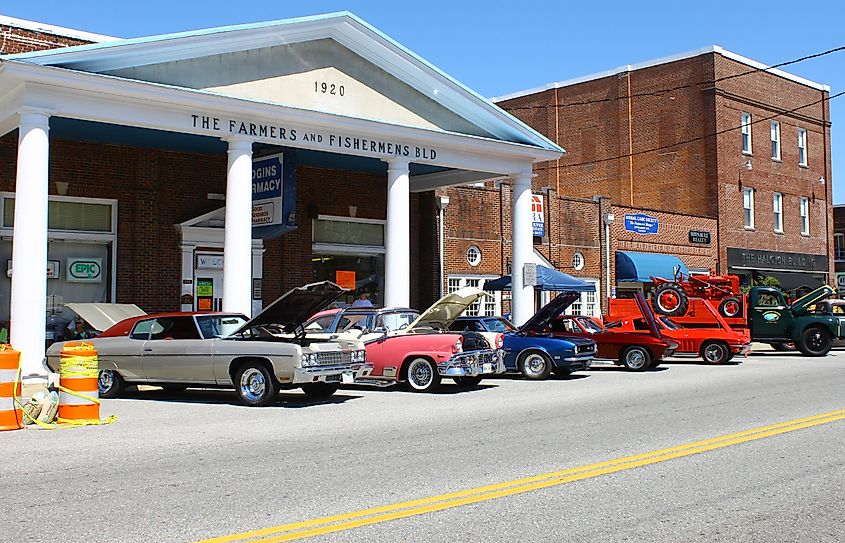
Mathews keeps its heritage close, especially along Main Street, where buildings like Sibley’s General Store and the Thomas James Store have stood for over a century. Across the way, the old Lane Hotel, now home to White Dog Bistro, still welcomes guests inside walls that date back to the 1840s. Water routes are a way of life here. The Mathews Blueways Water Trails include over 100 miles of marked paths for kayaks and canoes, winding through marshes and tidal creeks. If you prefer to stay dry, Put-In Creek Park offers quiet benches by the dock and a front-row seat to life on the water.
Local culture shines at the Bay School Community Art Center, where regional artists display their work in rotating exhibits. Just a short walk away, the Tompkins Cottage Museum gives a glimpse into early Tidewater architecture and everyday life in the 1800s.
Finishing Thoughts
The Chesapeake Bay is a patchwork of character-filled places where history lingers, creativity thrives, and everyday life dances to the rhythm of the tides. From the pony crossings of Chincoteague to the preserved streets of Chestertown and the oyster-shucking pride of Urbanna, each of these lesser-known places brings something interesting to the table.
Whether you are paddling through Mathews' winding creeks, sipping coffee by the canal in Chesapeake City, or catching a play in Onancock, these small communities prove that the Bay’s quirkiest corners are also some of its most rewarding. They may not be popular, but once you visit, you will not forget them. So pack your bag, slow your pace, and go explore these quirky Chesapeake Bay towns.
